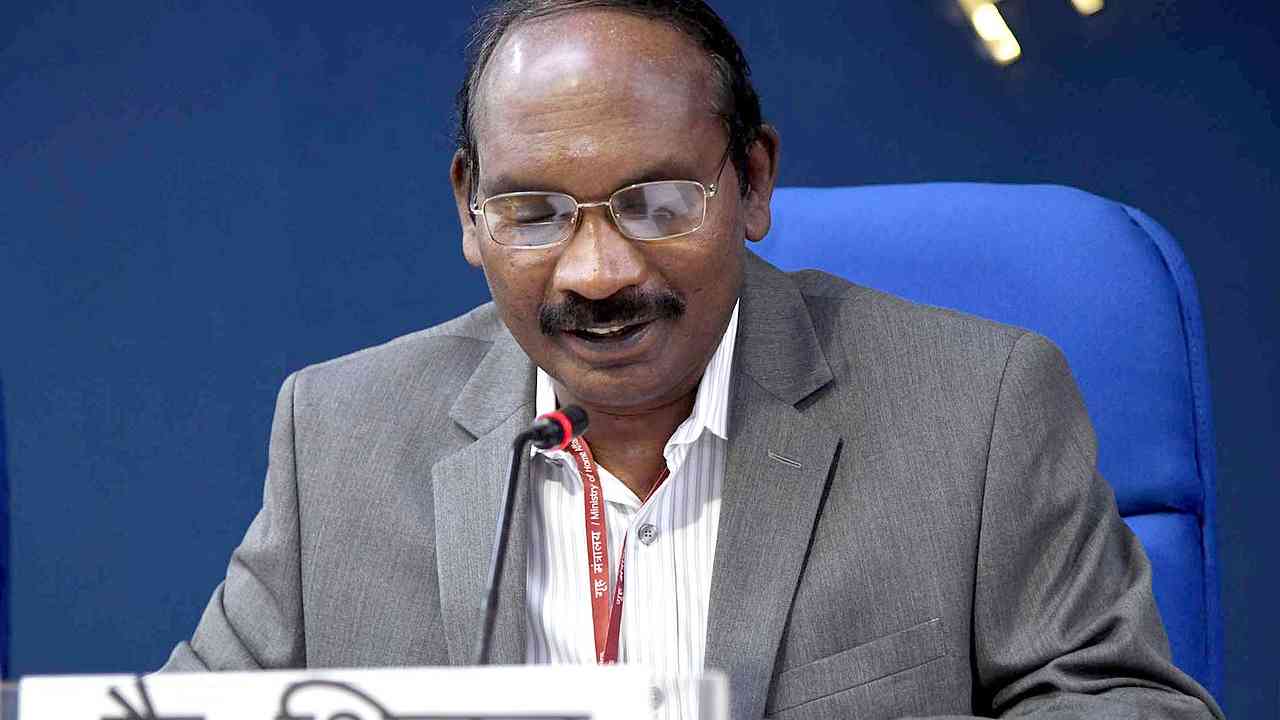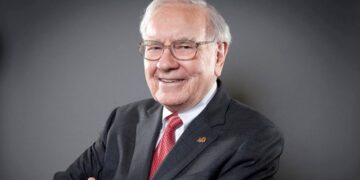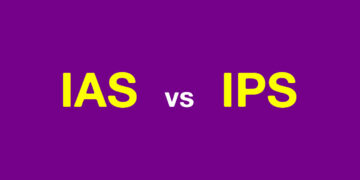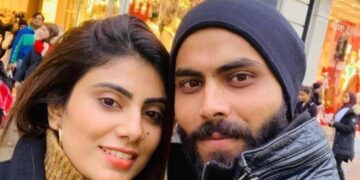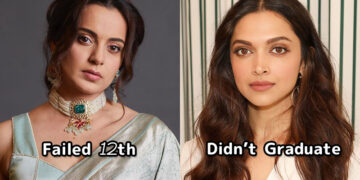Isro chief Kailasavadivoo Sivan has been trending everywhere after the Chandrayaan-2 moon mission came under the spotlight. Sivan, who assumed the role of Isro chief last year, is the same man who was hugged by PM Modi on Saturday, for the way he handled India’s second moon mission.
Dr Sivan was appointed the chief of ISRO in January 2018. One of India’s most renowned space scientists of recent times, Dr K Sivan, a national gem who rose to the heights of success and unparalleled scientific achievements, from nothingness.
Here are some interesting facts about ISRO Chairman K. Sivan you should know about:
1. Kailasavadivoo Sivan is his given name, however today all of India knows him as Dr K. Sivan. An incredibly brilliant understudy, Dr Sivan went to a Tamil medium government school during his developmental years, and later moved to another school in a neighboring town. Dr Sivan likewise happens to be the first graduate in quite a while family.
2. A rancher’s child, Dr Sivan was born in a family with a limited source of living in a town called Mela Sarkal Vilai in Tamil Nadu’s Kanyakumari locale.
3. Dr Sivan joined ISRO in 1982 and his first task was the Polar Satellite Launch Vehicle (PSLV) Project.
4. Dr Sivan is best known for creating cryogenic rocket motors for ISRO, and is frequently called ‘Rocket Man’ for his important commitments in the field.
5. Exceptionally qualified and Alma Mater of the absolute most esteemed building universities in the nation, Dr Sivan did his graduation in designing from Madras Institute of Technology, trailed by Master’s in advanced plane design from Indian Institute of Science and PhD in aviation design from IIT-Bombay. He additionally holds different cooperations.
6. With the help of Dr. K. Sivan wind biasing strategy, India can launch a rocket on any day under any wind or weather condititions.
7. Dr Sivan has had major contributions in the end to end mission planning, mission design, mission integration and analysis within ISRO and its functioning.
8. Dr Sivan made it possible for ISRO to create history in February 2017, by sending out 104 satellites in a single mission. He was the mastermind who laid out the technicalities of how the satellites would be placed in orbit.

